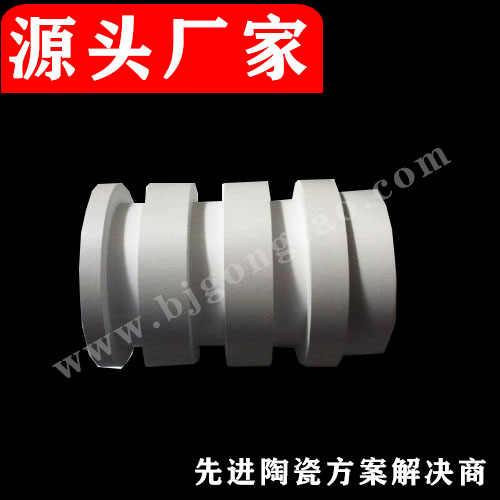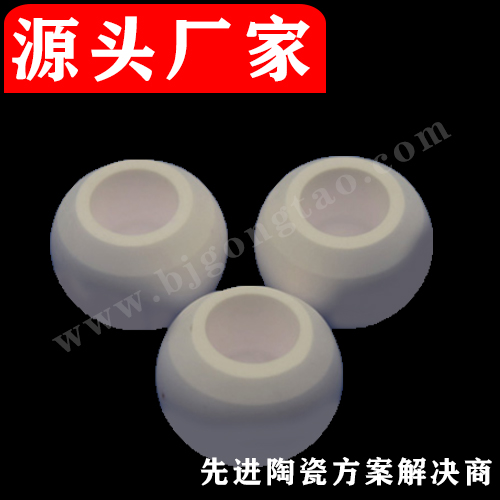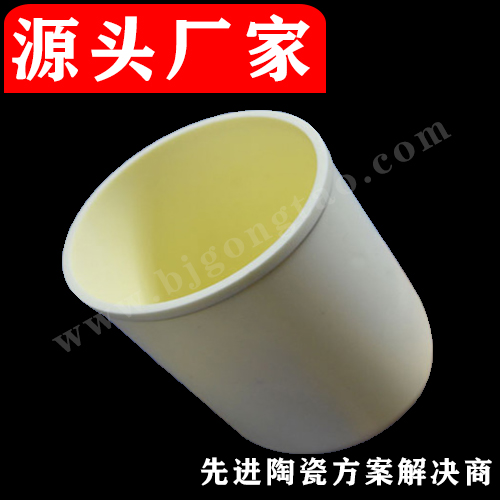
Suzhou Kaifa New Material Technology Co., Ltd.
Email:heqing@szkfxc.com
Email:sales@szbknm.com
Email:bkxc.bonnie@gmail.com
Industry 4.0 Opportunities and Challenges for the Ceramic Industry
Industry 4.0 is coming, and some people expect that it can eliminate all traditional industries within 10 years, which will cause a huge revolution in social life. So, what kind of fate will China make in this wave?
Industry 4.0 was first proposed by Germany. After the financial crisis, the economies of almost all developed countries were sluggish, but Germany relied on manufacturing. Not only was the unemployment rate low and the economic growth was rapid, this made the German government realize that manufacturing is an indispensable "mainstay" for maintaining German economic growth. Thus, in April 2013, the German government launched "Protecting the Future of German Manufacturing: Recommendations for Implementing Industry 4.0 Strategy". Subsequently, countries all over the world paid close attention and began to lay out for the right to speak in the manufacturing industry: The United States launched the "Industrial Internet" strategy in December 2014, connecting virtual networks with entities to form a more efficient production system; Japan in 2015 On May 23, the "Robot (300024) New Strategy" was launched; France launched the "New Industrial France" program; China also introduced the "Made in China 2025" 10-year strategic plan in 2015. As we all know, the first industrial revolution (Industry 1.0) occurred in the United Kingdom. Industry 1.0 promoted mechanization through steam; the second industrial revolution (Industry 2.0) was promoted by electricity to mass production; the third industrial revolution (Industry 3.0) Automation is driven by electronic information technology; the fourth industrial revolution (Industry 4.0) is called intelligence. In the past, in the era of industry 1.0, 2.0 to 3.0, it is necessary to pass the five major modules of raw materials, mechanical equipment, factories, transportation, and sales, which are all fixed links and are indispensable. "Industry 4.0" is to apply new technologies such as the Internet of Things and intelligence to improve the level of manufacturing, transform manufacturing into intelligence, and implement real-time management by deciding on network technologies such as production and manufacturing processes. Its "bottom-up" production model revolution not only saves innovative technology, cost and time, but also has the potential and opportunity to cultivate new markets.
A key point of Industry 4.0 is "raw materials (substances)" = "information". Specifically, the raw materials purchased in the factory are "labeled" with a label: This is the XX product produced by customer A and the raw material in the XX process. To be precise, the “raw materials” containing information are used in smart factories, and “raw materials (substances)” = “information” are realized, and the manufacturing industry will eventually become a part of the information industry.
The goal of Industry 4.0 is intelligent manufacturing, extending intelligence to specific factories, that is, intelligent factories. In a smart factory, the first is to produce machines, or to produce yourself. The second is an unmanned factory, or a black light factory, or a 100% intelligent factory, where people and intelligent machines coexist. Smart factory is a new stage of modern factory development. It is based on digitalization, using Internet of Things technology and equipment monitoring technology to strengthen information and services. There are three major characteristics of smart factories: the first feature is the highly interconnected information infrastructure, including production equipment, robots, operators, materials and finished products; the second is that the manufacturing process data is real-time, the production data has stable characteristics, and the data storage And processing is also real-time; the third is the use of stored data for data mining analysis, with self-learning function, can also improve the manufacturing process is not optimized. The development trend of smart factories is from flexible to agile to intelligent to information.
The business model is critical to manufacturing. In the era of Industry 4.0, the business model of the future manufacturing industry is mainly to solve customer problems. Therefore, in the future, manufacturing companies will not only sell hardware, but also obtain more added value by providing after-sales service and other follow-up services. This is soft manufacturing. And the system with "information" function has become the new core of hardware products, which means that personalized demand and mass customization manufacturing will become the trend. Entrepreneurs in the manufacturing industry should add as much added value as possible in the manufacturing process, expand more and richer services, and propose better and more complete solutions to meet the personalized needs of consumers. Sex manufacturing + personalized customization ". Only in this way can China‘s manufacturing enterprises keep up with the pace of the global industrial revolution and truly transform from "Made in China" to "Made in China".





